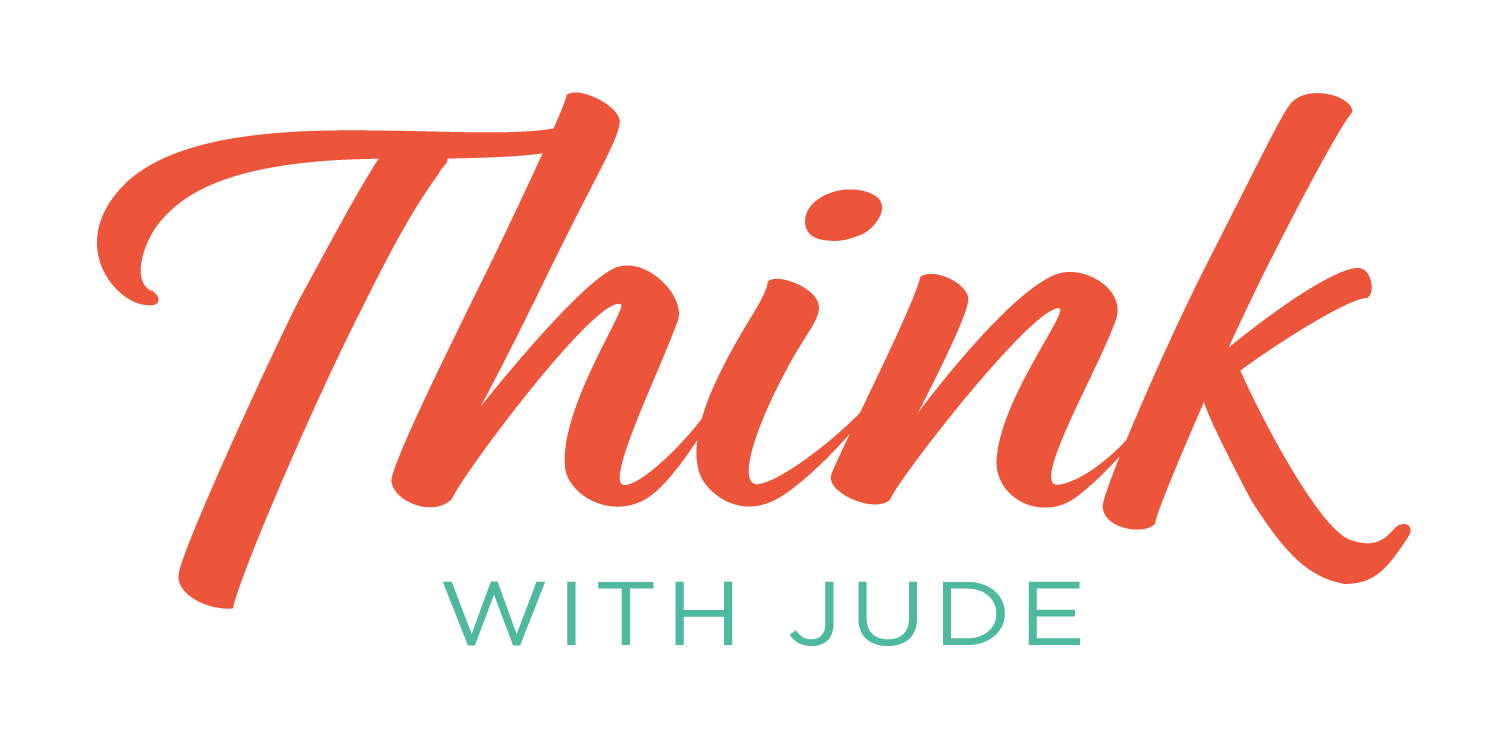On the importance of speaking out for DIFFERENCE
-
Diversity raises the intelligence of groups, homogeneity is a form of denial (remember the component of information)
-
Diversity enhances thinking because it is true
-
When we don’t value each others identity differences we don’t value divergent thinking
-
A colleague from Zimbabwe being ‘complimented’ on their good English – schools are taught in English so of course they do
-
A friend saying your neighbour is pretty for a fat girl – assuming only thin people can be pretty
-
People who touch a pregnant woman’s belly without asking – a friend of mine use to touch their bellies back and laughed at the shocked reactions.
-
When someone asks a black person if you can touch their hair – what would you do if people asked to touch yours – it’s weird
-
When you ask a person of colour, where are you from? And when they reply London, asking No, where are you really from? – Why does it matter where they are from, are you going to treat them any differently if they are from Wellington vs Sao Paulo vs London?
-
Being stopped for a drug search because you’re a person of colour in Brixton having a bad hair day
-
Assuming that all Scots are tight with their money so holding back from getting your round in until they do
-
Not bothering to learn how to say someone’s name and asking if they have a nickname you could use instead without even trying – if you can learn to get your tongue around Tchaikovsky you can learn to say Siobhan or Kamala
-
Assuming the young woman in the room is there to take notes and not lead the meeting
-
Pay attention – open your ears and notice when microaggressions happen. Denial or ignorance makes people feel like they are going crazy and takes an emotional toll. If you’re not sure if what you heard was a microaggression then ask your friend. Yes it is going to feel awkward and uncomfortable but I bet it feels a while lot worse for your friend.
-
Speak out -with a tone of genuine curiosity ask the person – “What did you mean by that?” if they say, ” Oh, you know…” You can say, “No i don’t I’d be interested to know what you mean by that.” Be firm, be calm and stay curious. Remember good people sometimes do bad things and that doesn’t make them bad people it makes them uninformed and if some awkwardness is going to make them more informed to do better next time then that’s ok.
The Ten Components of The Thinking Environment
Attention
Listening with palpable respect and genuine interest, and without interruption
Equality
Treating each other as thinking peers; giving equal turns and attention; keeping boundaries and agreements
Ease
Offering freedom from internal rush or urgency
Encouragement
Giving courage to go to the cutting edge of ideas by moving beyond internal competition
Incisive Questions™
Removing untrue assumptions that limit our ability to think for ourselves well
Feelings
Allowing sufficient emotional release to restore thinking
Appreciation
Offering genuine acknowledgement of a person’s qualities; practicing a ratio of 5:1 appreciation to challenge
Information
Supplying the facts; recognising social context; dismantling denial
Difference
Welcoming diverse group identities and diversity of thinking
Place
Creating a physical environment that says back to people, ‘You matter’




